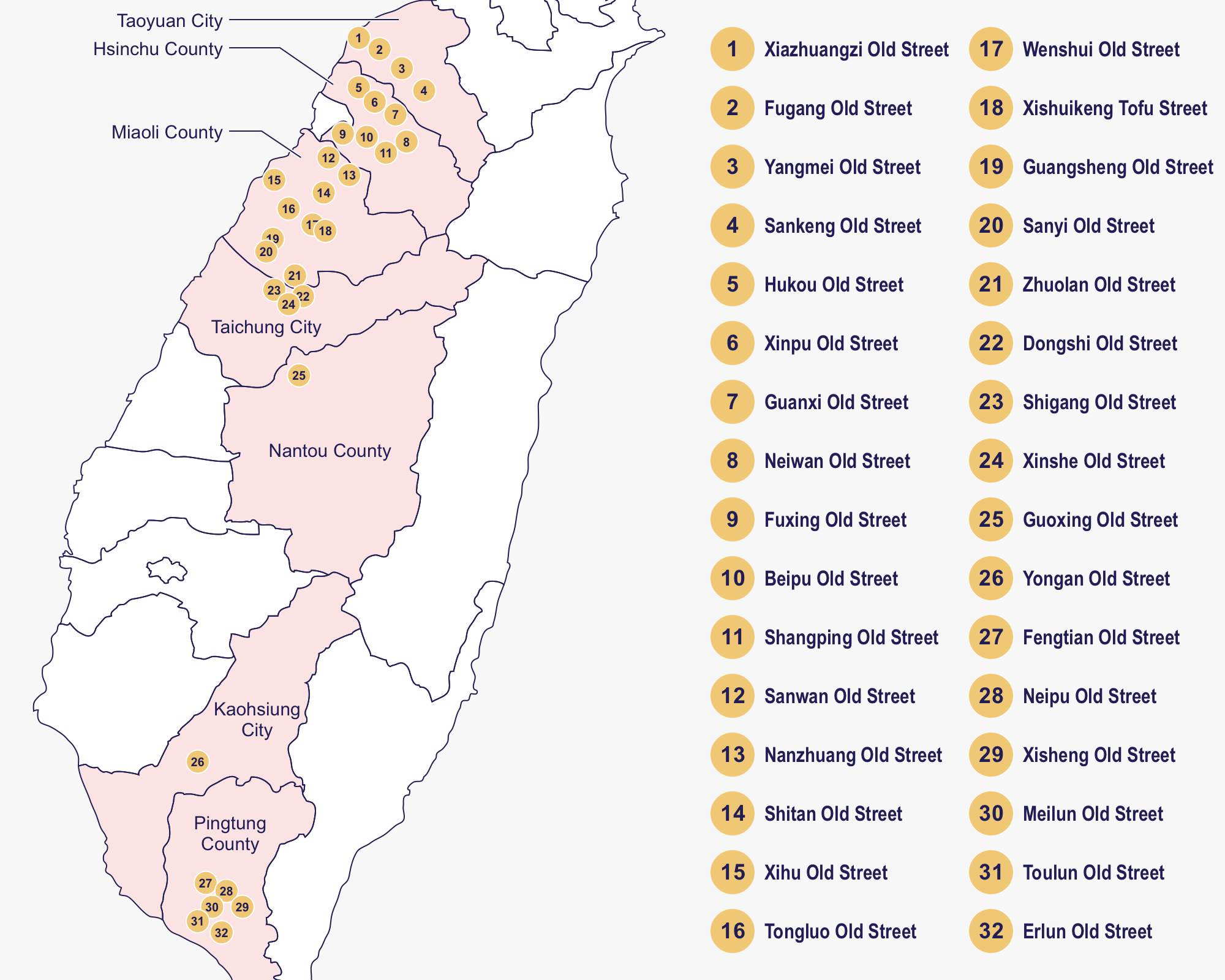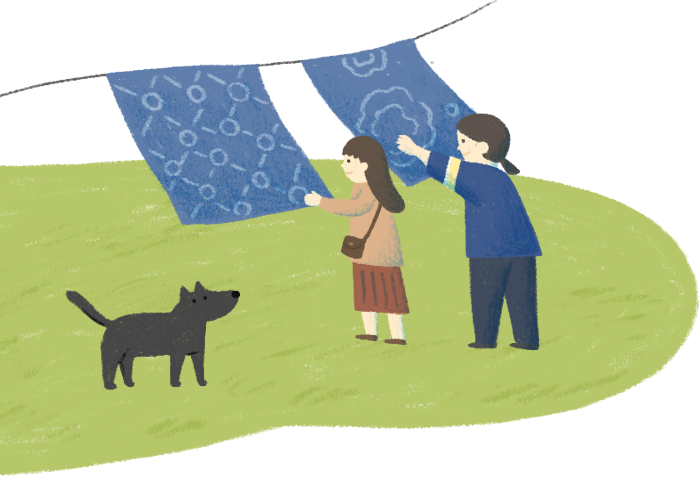
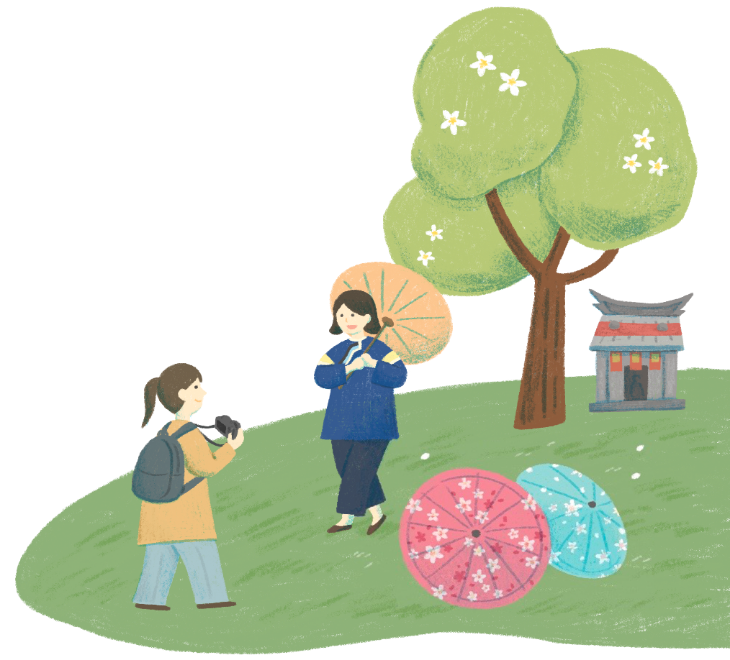
There are 70 key development areas of Hakka culture in 11 counties and cities in Taiwan. No matter where you are in Taiwan, you can always enjoy, learn about, and experience first-hand, Hakka culture. The rich Hakka tourism resources everywhere allow family members of all ages to have fun. Enjoy the authentic gourmet, experience the culture, and visit historic sites in an in-depth Hakka tour!
Time-limited Hakka events
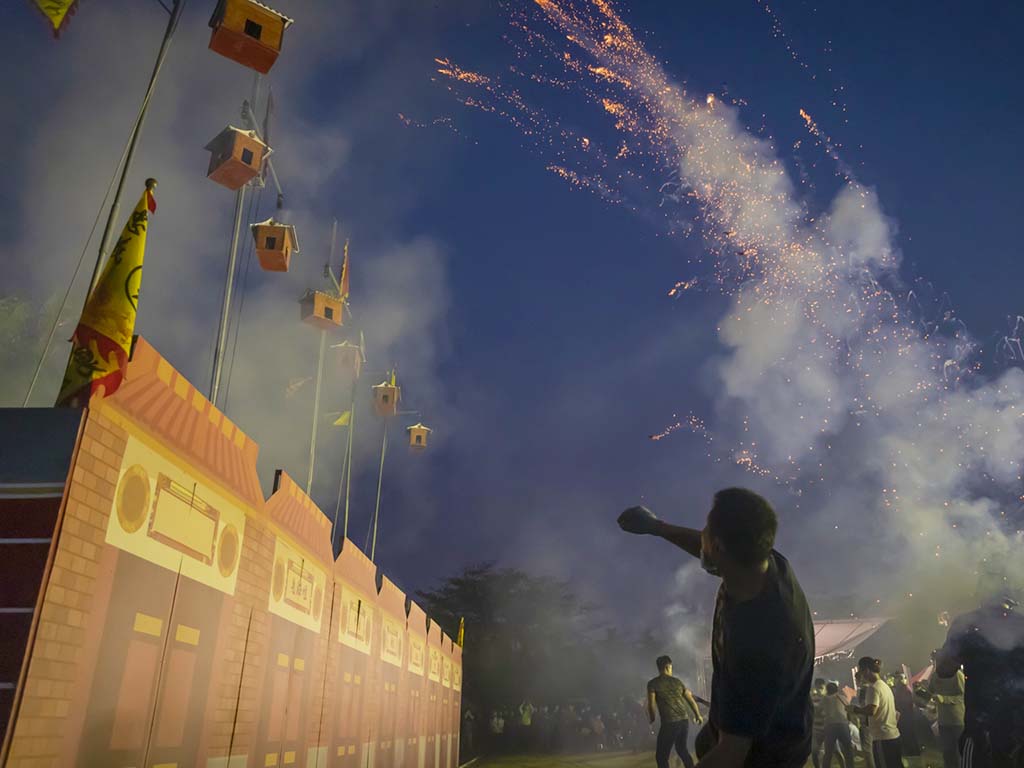
“Jianpaocheng” means “attacking the city” in the Hakka dialect. In the early days, it was a warning signal for Hakka people to rise and jointly defend against the intruders. Later, it evolved into an entertaining competition for the Lantern Festival. In addition to all kinds of competitions during Jianpaocheng, there are traditional folk activities that require teamwork, courage, wit, and strength of the participants.
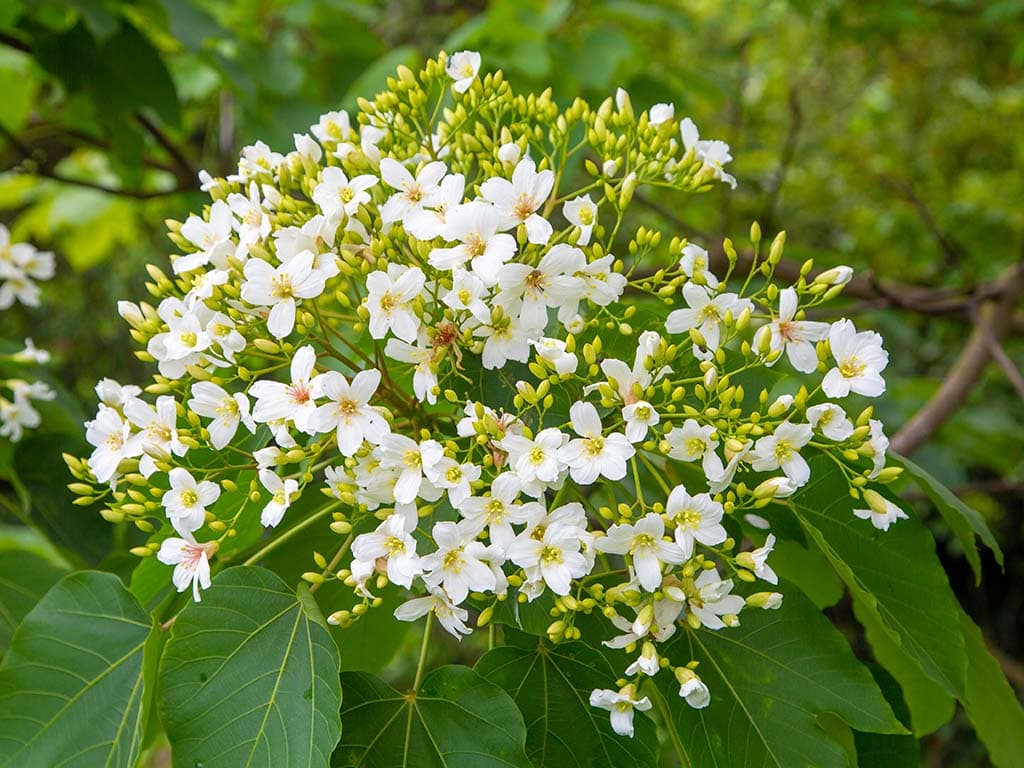
Not only does it snow in winter, the tung flower snow in spring and summer is also worth looking forward to. Walking along the quiet ancient trail, you can enjoy the falling snow-white tung flowers. Each Hakka region will hold activities such as earth god worship rituals, picnics under the blossoming trees, and concerts. Walking into the mountains and woods, you can enjoy the beauty of nature and learn about the culture and customs of Hakka regions.
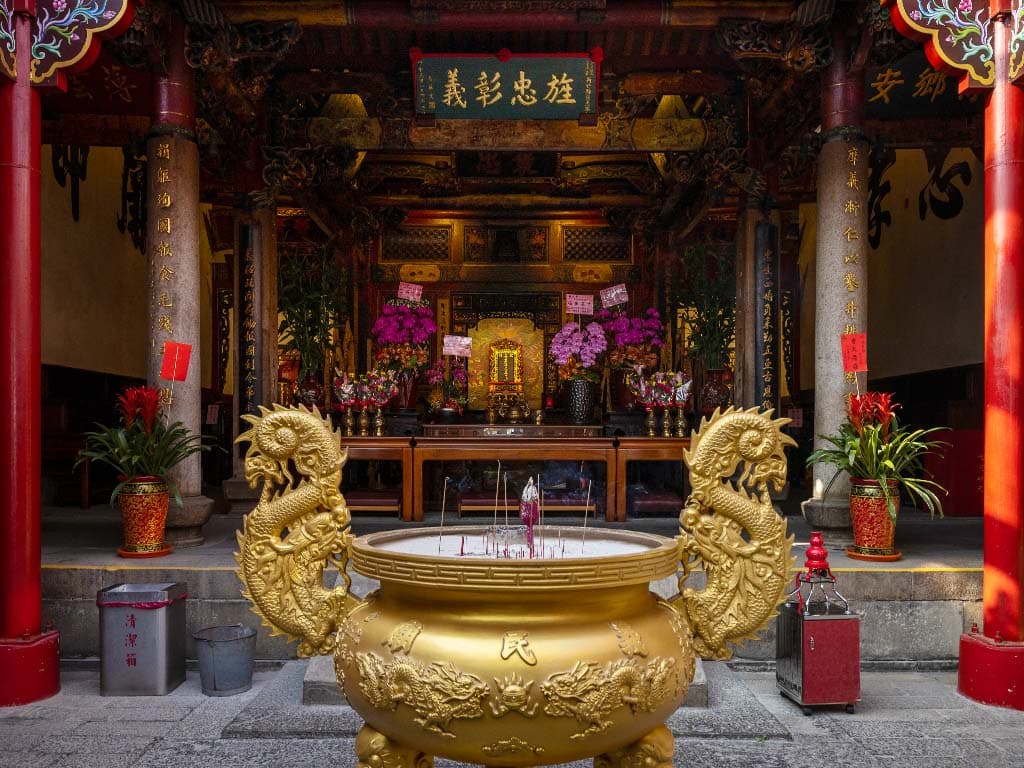
The faith of Yimin (militia) is an important belief of the Hakka people in Taiwan. To show gratitude to and commemorate the militia who defended their hometown, every July of lunar calendar, the fifteen biggest Hakka regions will take turns to hold a grand ceremony, among which the ceremony of Xinpu Township in Hsinchu is the most famous. In addition to worshiping Lord Yimin, there are various representative and lively worship activities.
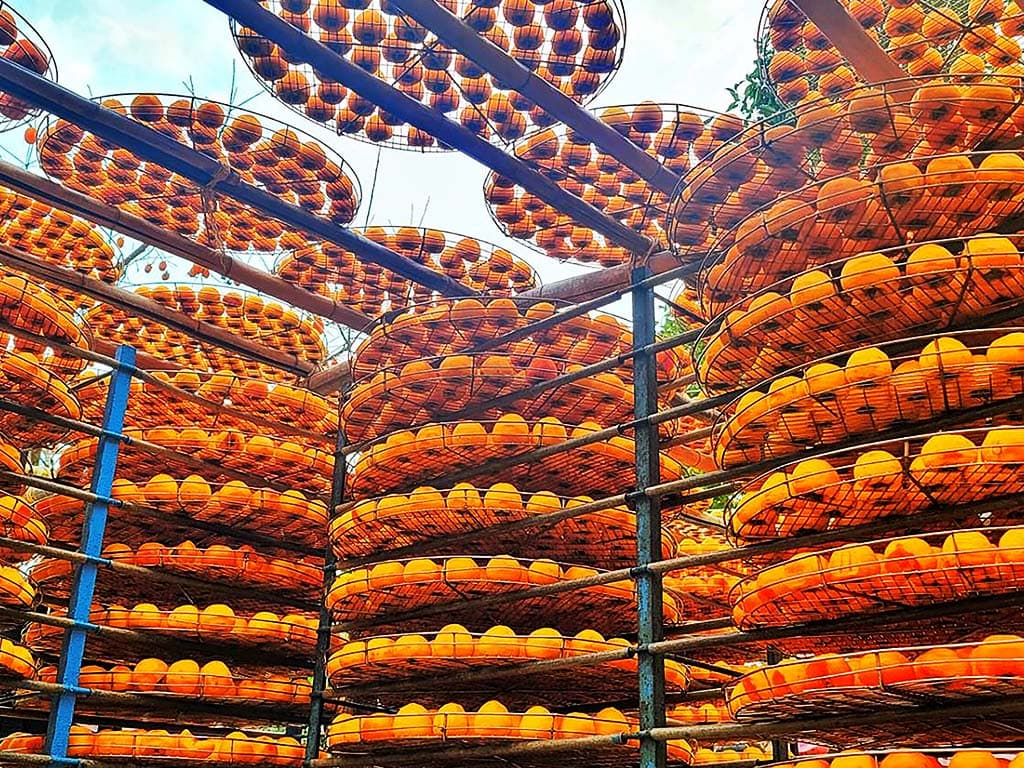
The warm sunlight in autumn and winter always shines on drying persimmons. In Hsinchu, you will see the magnificent sight of orange-yellow persimmons spread all over the drying racks. Take a bite of the sweet, dried persimmon and have the rich persimmon aroma fill up your mouth. This is the taste of autumn, representing the Hakka spirit of cherishing things.
/ Photo credit: Hsinchu County Government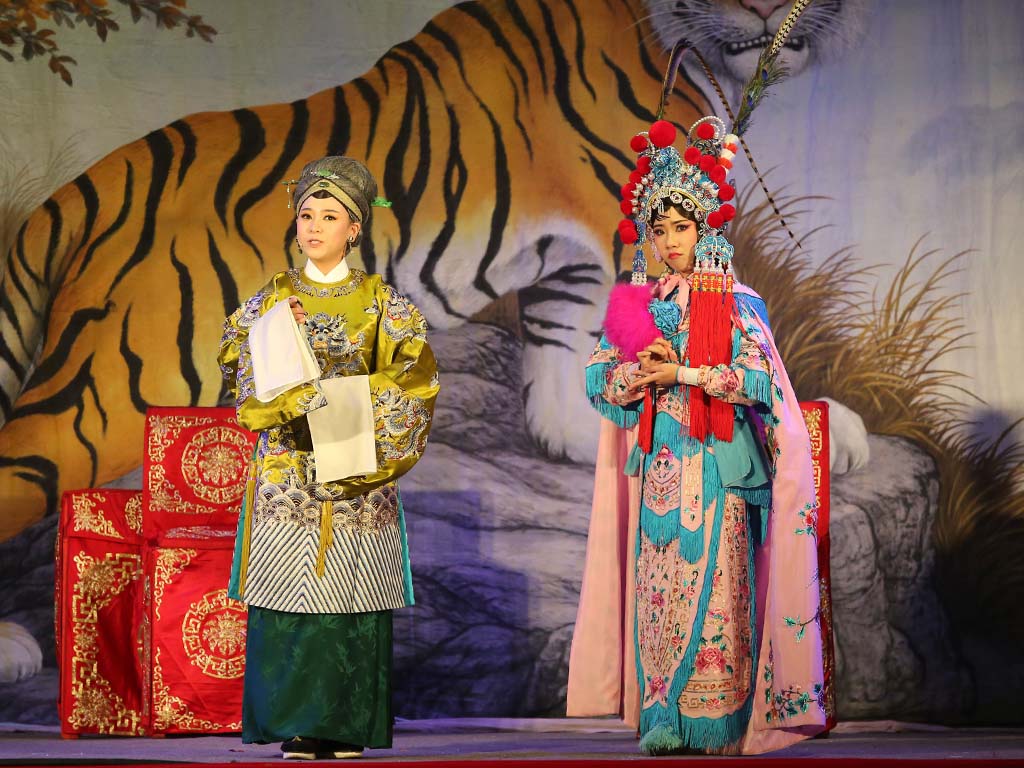
The year-end opera is an important annual event for Hakka people. At the end of the year, the grateful Hakka people express their gratitude and prayers through lively opera performances. In addition to the traditional opera performances, Hakka temple fairs will also be held. Pull up a chair and enjoy all the different peformances here.
Popular among adults and children because they are both tasty and fun!
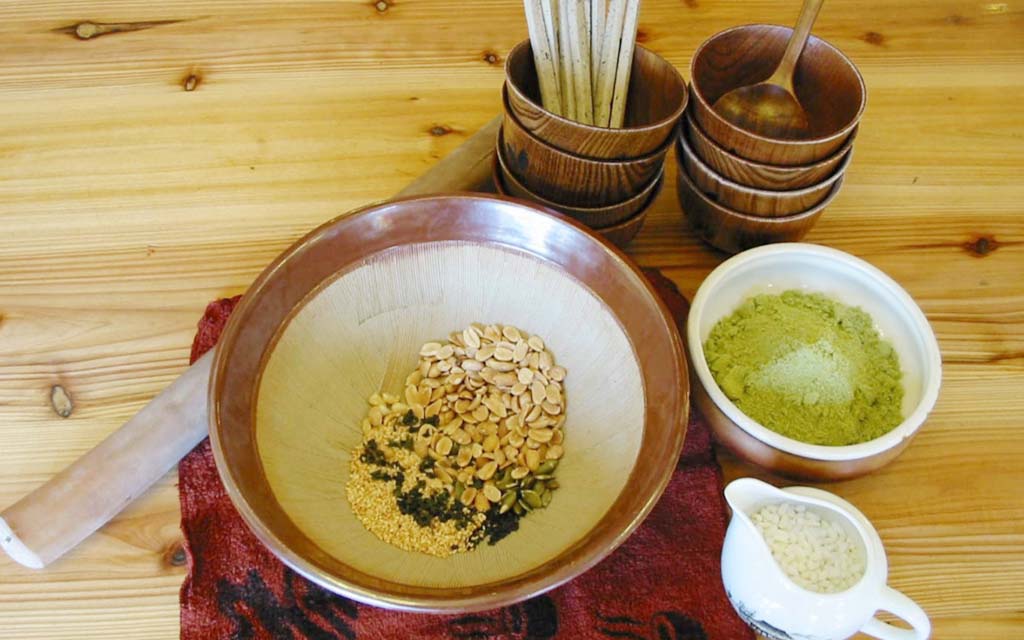
Grind various nuts such as sesame and peanuts together with tea leaves into a dry paste, add hot water to brew, and a cup of mellow and delicious Leicha is ready!
/ Photo credit: Oriental Beauty Tea Museum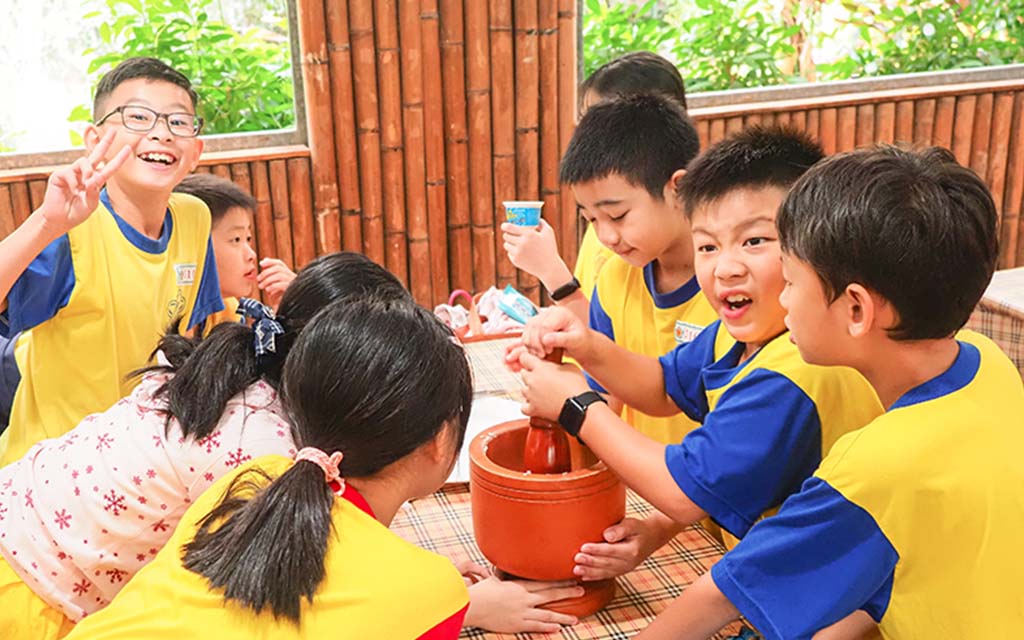
Hakka people call mochi rice cake “Ciba.” The ingredients are simple, but it is not easy to beat the glutinous rice until it becomes sticky. It is a great challenge to take on with children!
/ Photo credit: Power Farm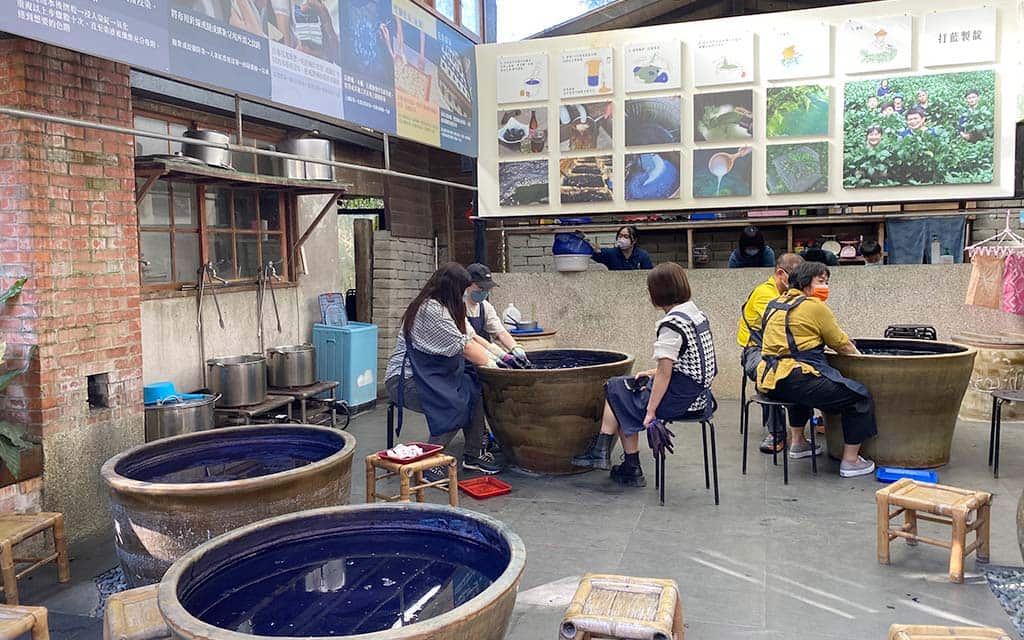
Tie white cloth with bamboo chopsticks, stones, and rubber bands to create different patterns, and then dip it in a dye pot for coloring. The beautiful final product will exceed your expectations!
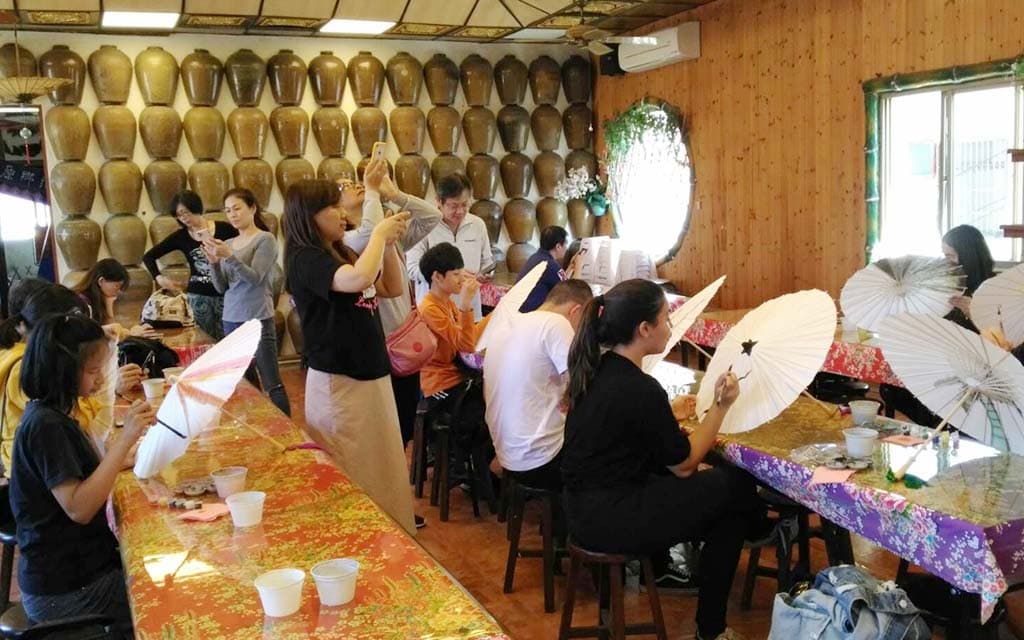
An oil-paper umbrella is your canvas. Express your creativity by adding colors to the oil-paper umbrella. Create your own oil-paper umbrella here!
/ Photo credit: Meinong Yuan Xiang Yuan Oil-paper Umbrella Culture CenterTraditional Hakka architecture is perfect for retro photos
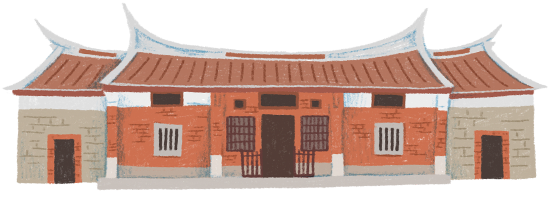
Old residences are traditional Hakka buildings. Their structure and painted decorations convey the culture and values of the Hakka people. In the early years, Hakka people with the same surname or bloodline lived in these residences together. In addition to jointly worshiping ancestors, they could also support each other in day-to-day living.
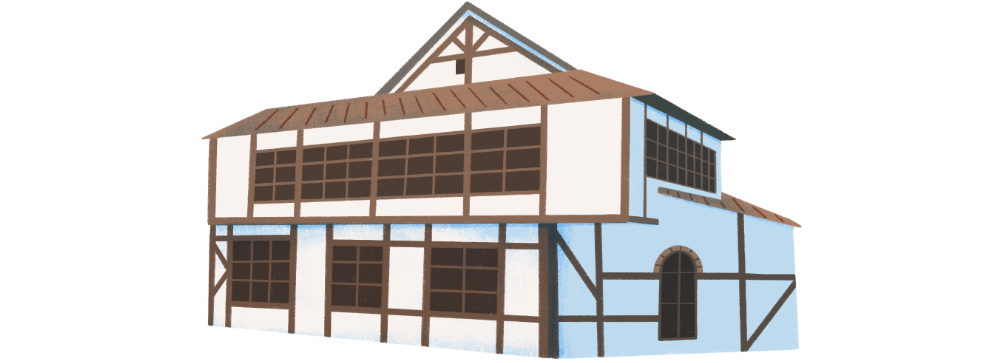
During the Japanese occupation period, tobacco was a crop of high economic value. The production process was highly laborious, and the frugal and hardworking Hakka people were the main manpower for tobacco production. Tobacco barns are mainly used for smoke curing and storing tobacco leaves. Their unique structure and appearance convey the culture and history.
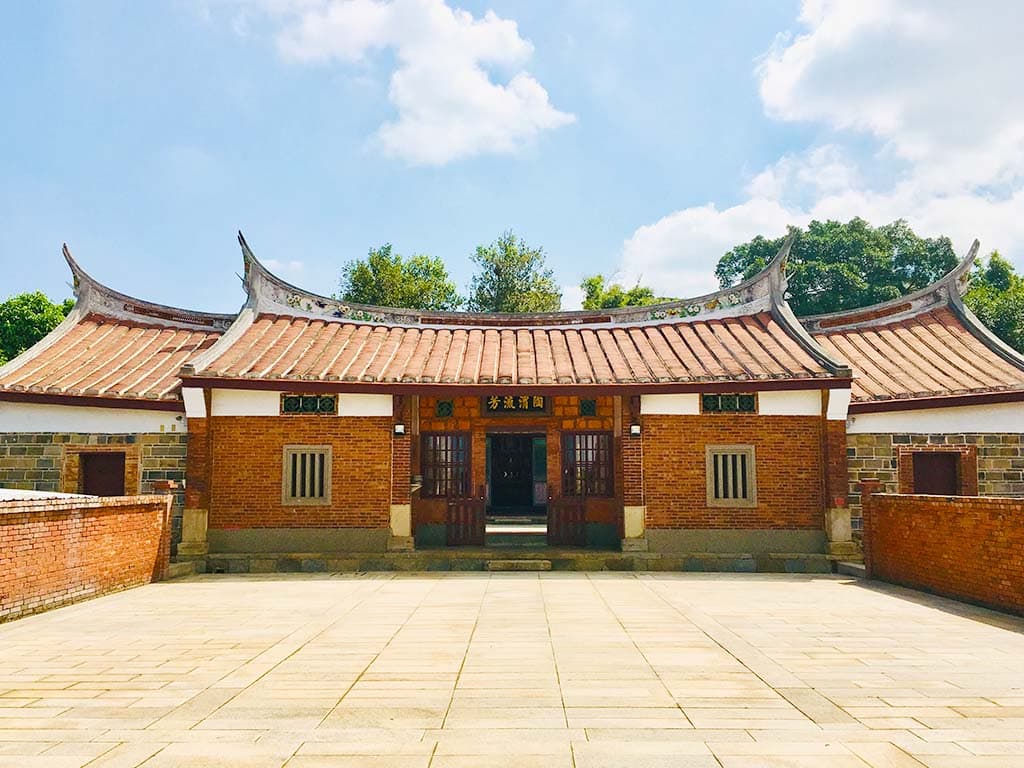
Fanjiang Old Residence is one of the most well-known attractions in Xinwu. There are five old red-brick houses with Hakka characteristics. House No. 9 is listed as a municipal historic site. The origin of the name "Xinwu" (new house in Mandarin) is also closely related to the Fanjiang Old Residence. This is a highly recommended spot for visitors with a keen interest in Hakka history.
※Some old residences are currently occupied and not open to the public.
/ Photo credit: Taoyuan Public Department of Cultural Affairs
No. 8, Ln. 110, Zhongzheng Rd., Xinwu Dist., Taoyuan City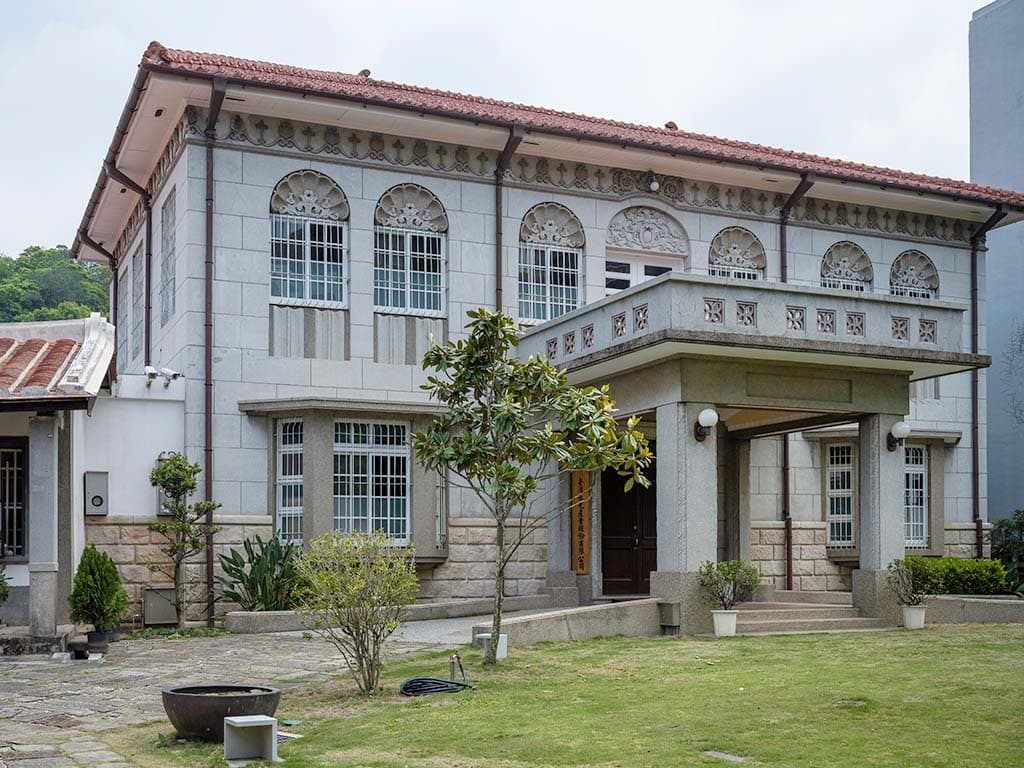
Among the historic sites Jin-guangfu Mansion, Tianshui Hall, and Citian Temple, Chiang A-Hsin Mansion is a highly representative and unique building on Beipu Old Street. The Baroque-like architecture is fabulous. It was not only a place for entertaining foreign business guests, but also Chiang A-Hsin's own residence, which shows how wealthy and successful the Chiang family was.
No. 10, Beipu St., Beipu Township, Hsinchu County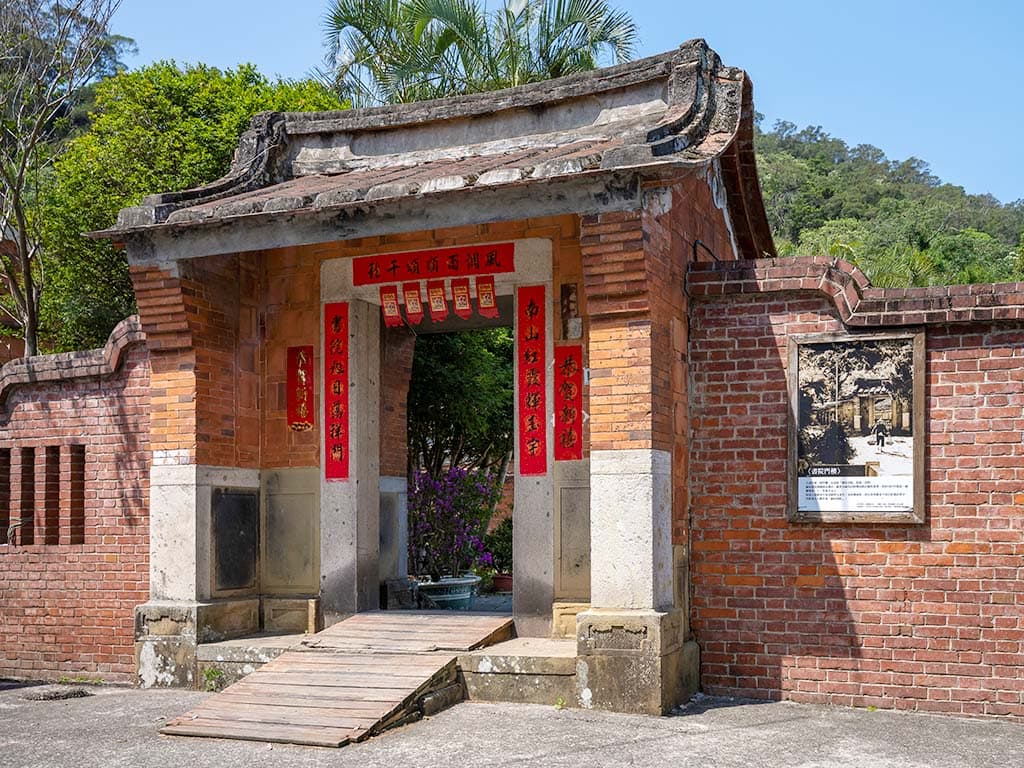
Luowu Academy is located in the largest single-surname settlement in Shangnanpian. This Sanheyuan with more than 100 years of history tells the glorious stories of the Luo family. Luowu Academy is now a venue for holding lectures and workshops, as well as providing accommodation to tourists. New values are created for the house through the promotion of Hakka culture and local features.
No. 79, Guanxi Township, Hsinchu County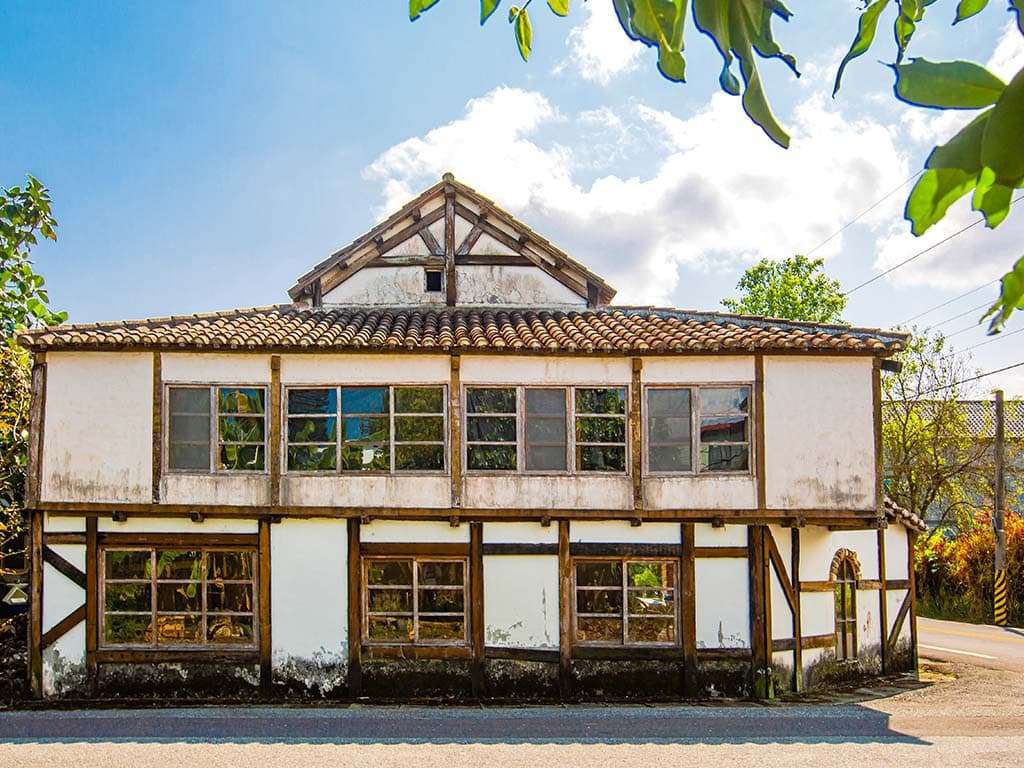
The most densely built and well- preserved tobacco barn settlement in Taiwan is in Fenglin! Tobacco barns can be divided into two types: Osaka-style and Hiroshima-style. The tobacco barns in Fenglin are mainly of Osaka-style, with better smoke exhaust functionality but more prone to damage by typhoons. The protruding smoke outlet on the roof is a unique architectural feature.
Darong Village and Beilin Village, Fenglin Township, Hualien CountyFor a bountiful feast of Hakka
- Features:
- Learning about Hakka marine culture, The sea-facing walkway, The conch-shaped building
- Features:
- New Tile House Story Hall, Zhongxiaotang Family Hall, Deng Yu-xian Multimedia Room, Assembly Hall
- Features:
- Permanent exhibitions, Exhibitions for children, Hakka in the world, Hakka Hospitality Garden
- Features:
- Hakka blossom walkway, Hakka round house restaurant, Tobacco-leaf-shaped performance hall, Umbrella, pottery, Ciba DIY
- Features:
- Osaka-style tobacco barn, Rice milling room, Umbrella Hakka cluster architecture area, Jiuxiang garden, Trying on Hakka blue shirts
The old street with authentic Hakka atmosphere
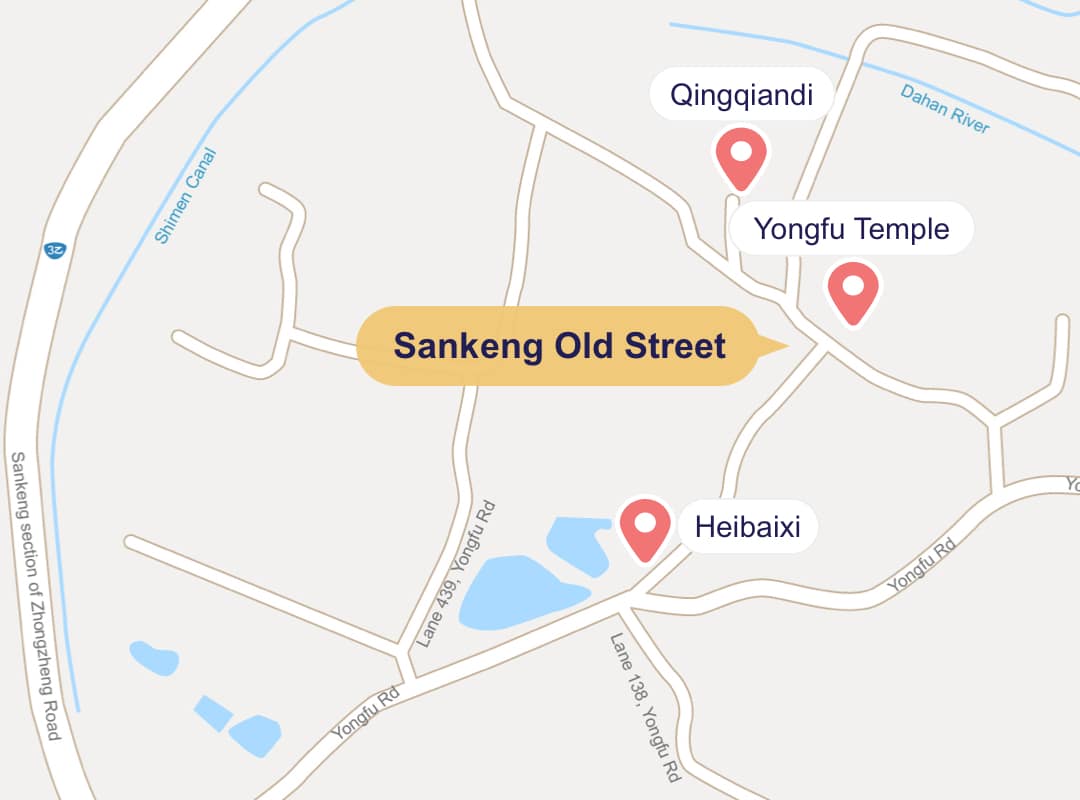
Known as the “First Street of Longtan,” Sankeng Old Street is the shortest old street in Taiwan. It is also a filming location for movies and TV series. It retains a simple Hakka style here. The streets are full of traditional and authentic Hakka food stalls that you can enjoy at a very reasonable price!
Yongfu Temple, Heibaixi, Qingqiandi
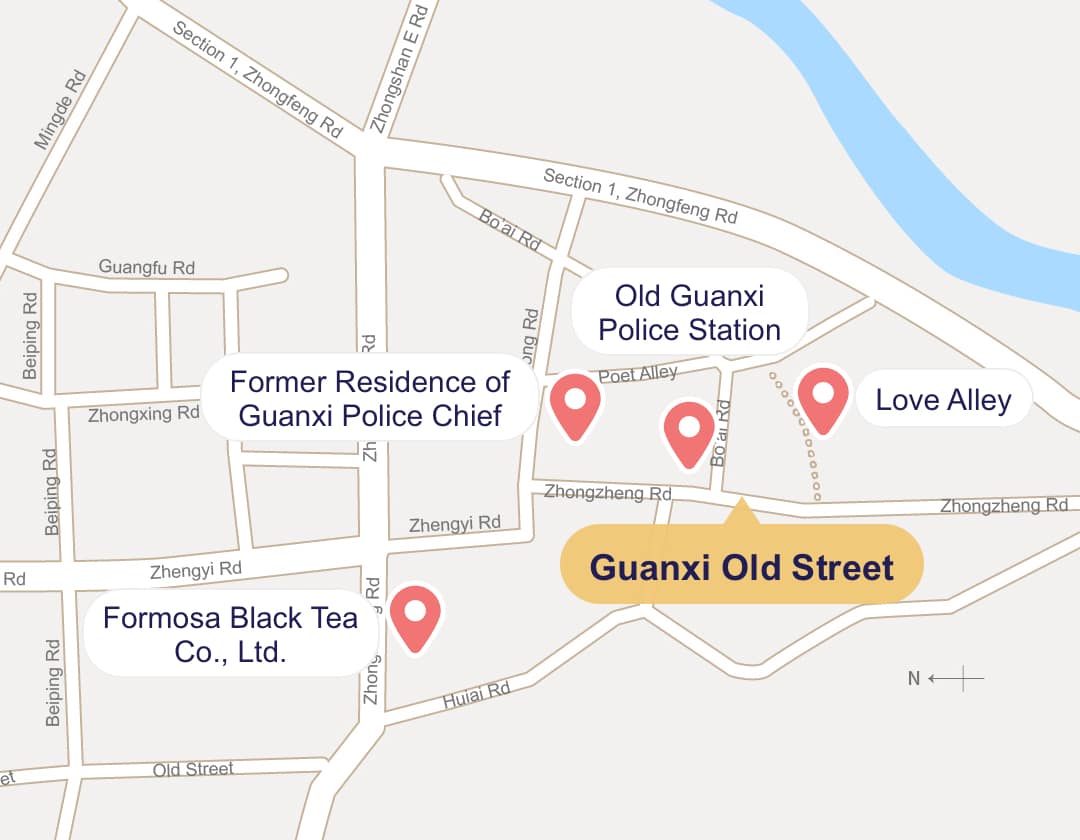
Guanxi Old Street is also known as "Shidianzi Old Street." It is also “the shortest Zhongzheng Road” in Taiwan. The street with ancient red-brick archways is quiet and peaceful. Although not as bustling as the other old streets, the cultural and creative businesses that started here in recent years have created an artistic atmosphere, allowing Guanxi Old Street to develop a unique appeal to hipster youths.
Formosa Black Tea Co., Ltd., Old Guanxi Police Station, Former Residence of Guanxi Police Chief, Love Alley
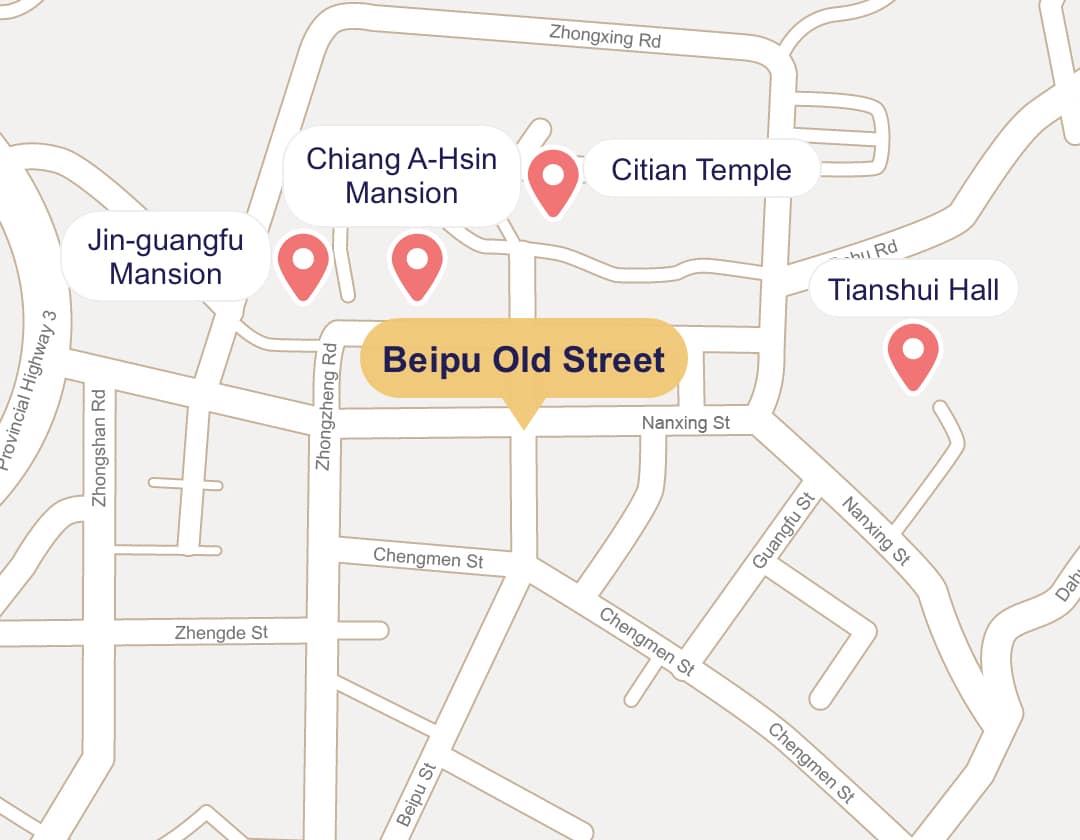
Beipu Old Street was a bustling and prosperous commercial center during Qing Dynasty. It is now the old street with the highest density of historic sites. There are seven historic sites within just 200 meters. There is strong historical roots and atmosphere here. The TV series, Gold Leaf, was filmed here. There are also many Hakka delicacies on the old street among which leicha (ground tea), dried persimmons, and rice cakes are must-tries!
Chiang A-Hsin Mansion, Jin-guangfu Mansion, Citian Temple, Tianshui Hall
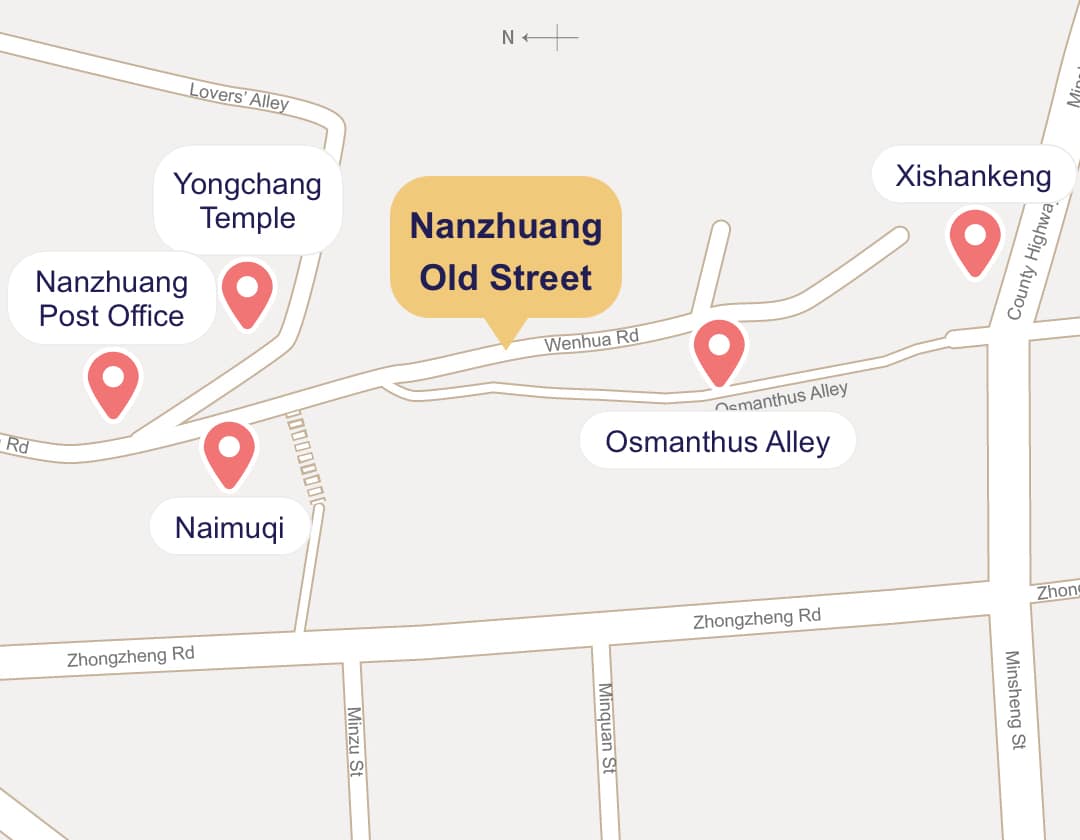
Nanzhuang Old Street, also known as “Osmanthus Alley,” is named after several Osmanthus trees on the street that were used as a secret sign. Although Osmanthus is not really grown on a large scale here, at Nanzhuang Old Street, you must not miss out on the Osmanthus-themed delicacies. Osmanthus iced rice balls, Osmanthus wafer rolls, Osmanthus sausages are all worth a try.
Nanzhuang Post Office, Yongchang Temple, Naimuqi, Xishankeng, Osmanthus Alley
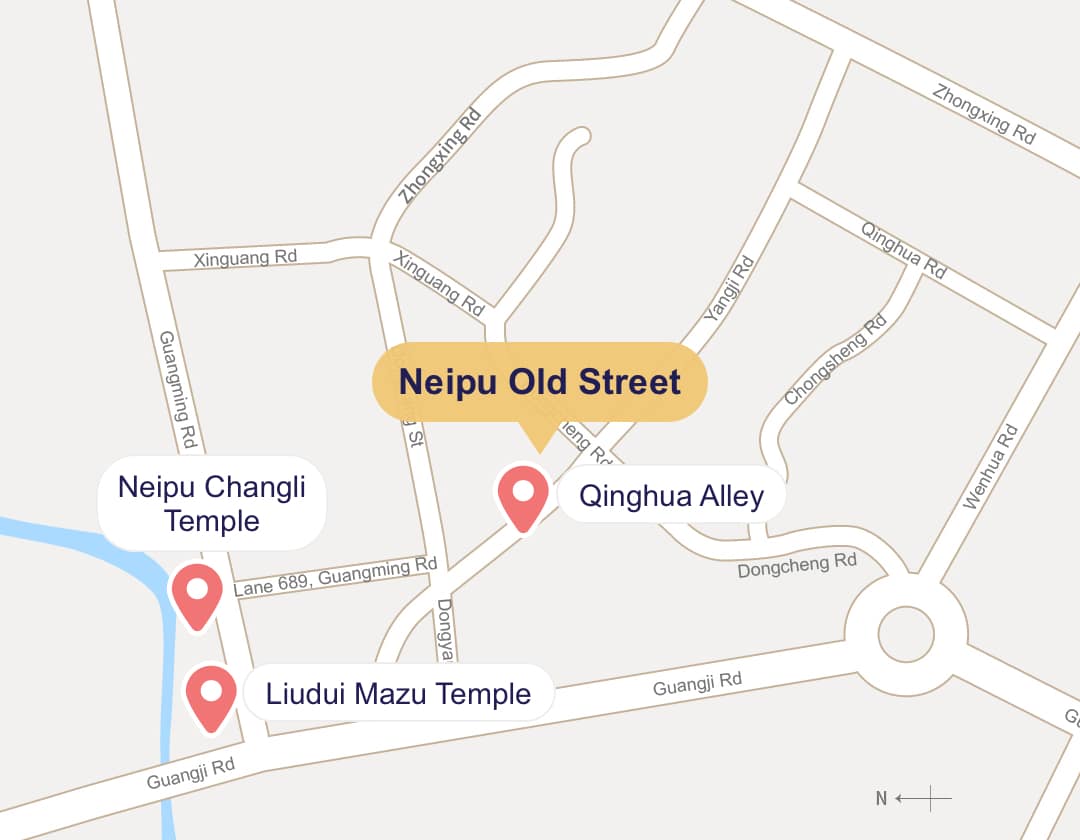
Neipu Old Street is an ancient settlement with more than 100 years of history. Many traditional Hakka houses are preserved here, with various painted patterns on the walls. It is an old street of rich culture and authentic Hakka style.
Liudui Mazu Temple, Qinghua Alley, Neipu Changli Temple
